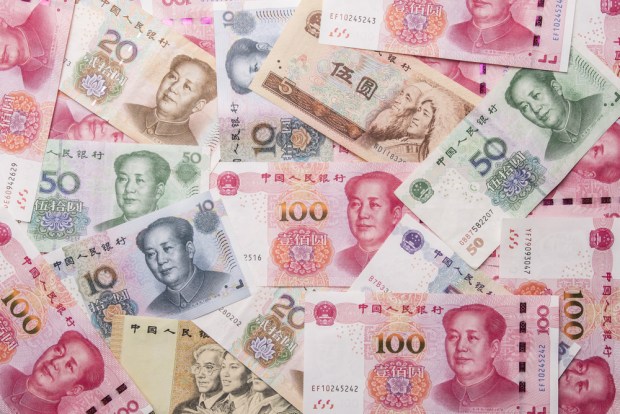Critics Point To Flaws In China’s SME Loan Rules

China has initiated efforts to boost lending to small businesses, but some critics now say the rules imposed on banks to heighten their SME lending levels may be too rigid.
Reports by South China Morning Post on Tuesday (Dec. 20) said the China Banking Regulatory Commission’s efforts, which began two years ago, may be too strict as some industry stakeholders debate whether the regulations are necessary to jumpstart SME lending.
The commission imposed minimum lending requirements for banks, requiring that lenders provide no less financing to SMEs than the banks’ average credit growth rate. The rules also require that the number of SME borrowers must remain at least at par and for loan approval rates to be no lower than they were a year prior.
“These requirements make sense if used as a temporary measure, but they are flawed if they were to be used as a permanent fixture,” said one critic of the regulations, Huang Yiping, Peking University economics professor.
He added that such requirements that blanket all banks for all SME borrowers does not adequately take into account the differing financial positions of the lenders. He pointed out that these requirements do not take into account credit to offshore companies when calculating how much these banks must loan to Chinese SMEs.
“It’s still arguable whether detailed measures can be tweaked to reflect real and changing economic conditions,” said Guo Tianyong, a professor at the Central University of Finance & Economics. However, he said, it’s “better than nothing.”
Other critics of the rules claimed that it enables banks to inflate the volume of loans provided to their SME clients by creating fake borrowers on existing accounts.
Reports said outstanding loans to small and medium-sized enterprises had increased by 13.7 percent year over year by the end of September. The total value of credit increased by 12 percent during that same period.
